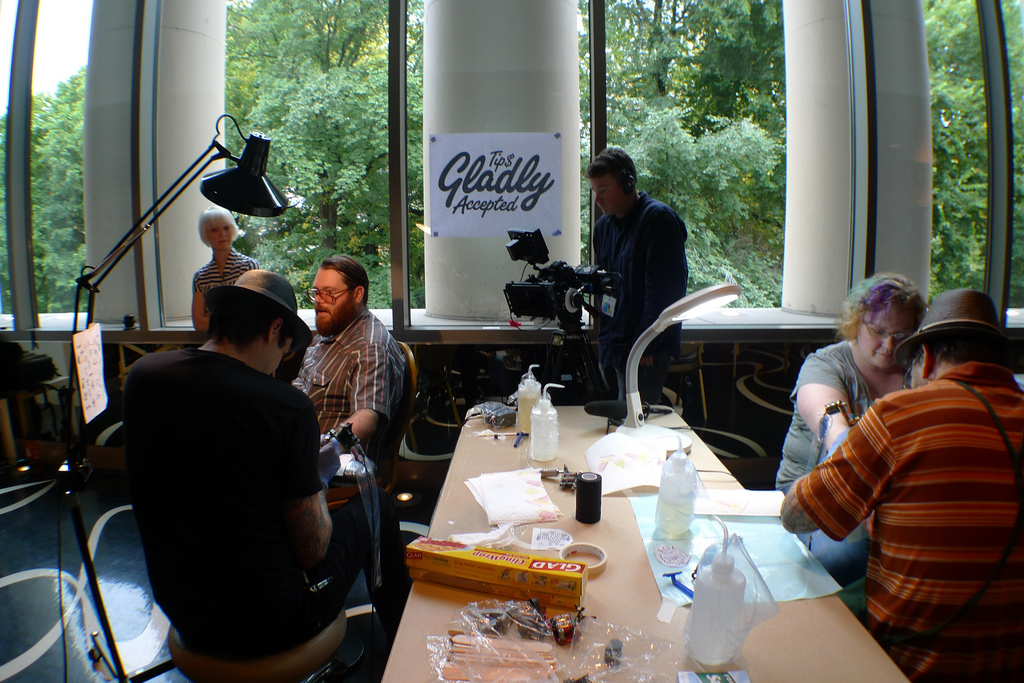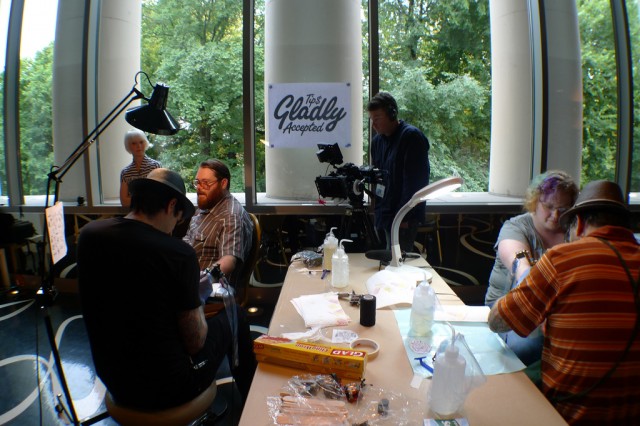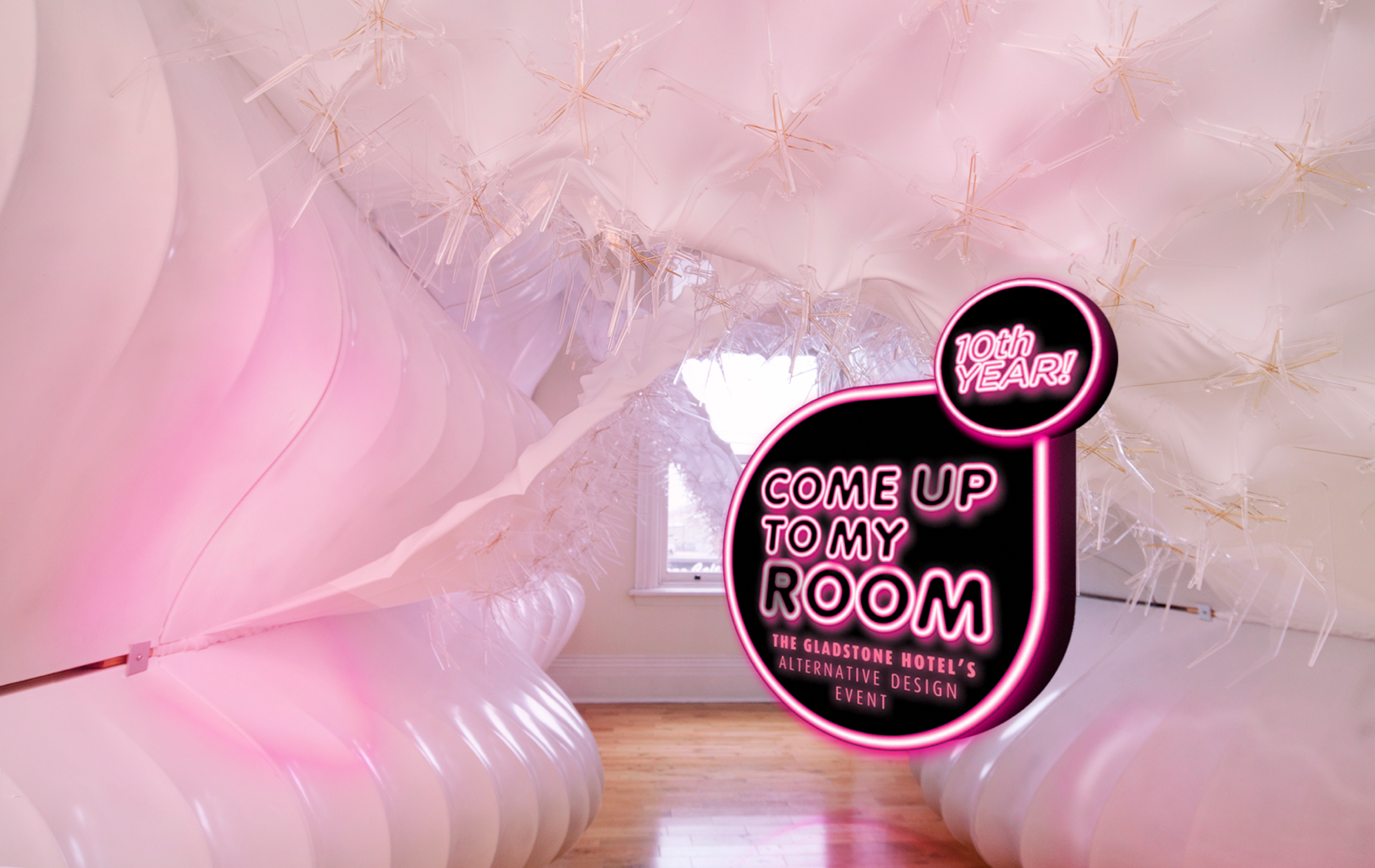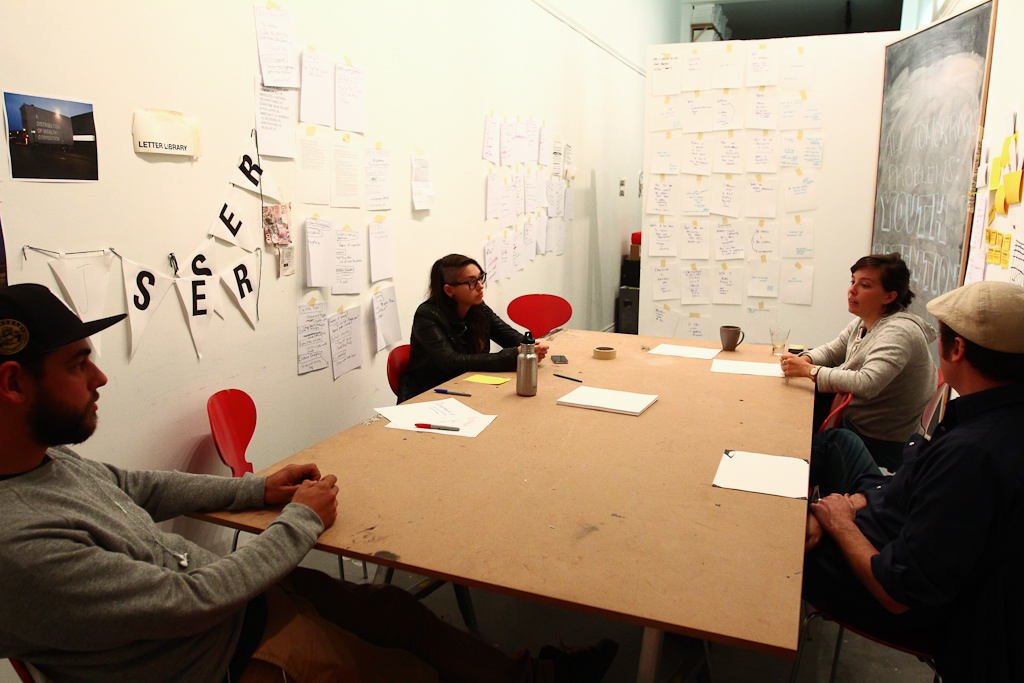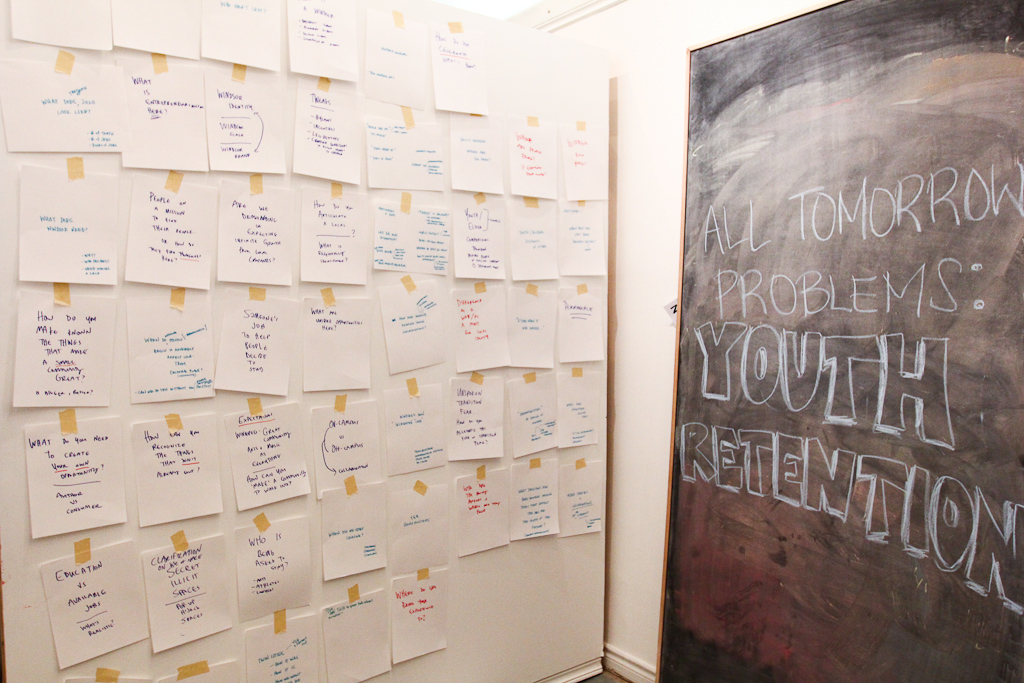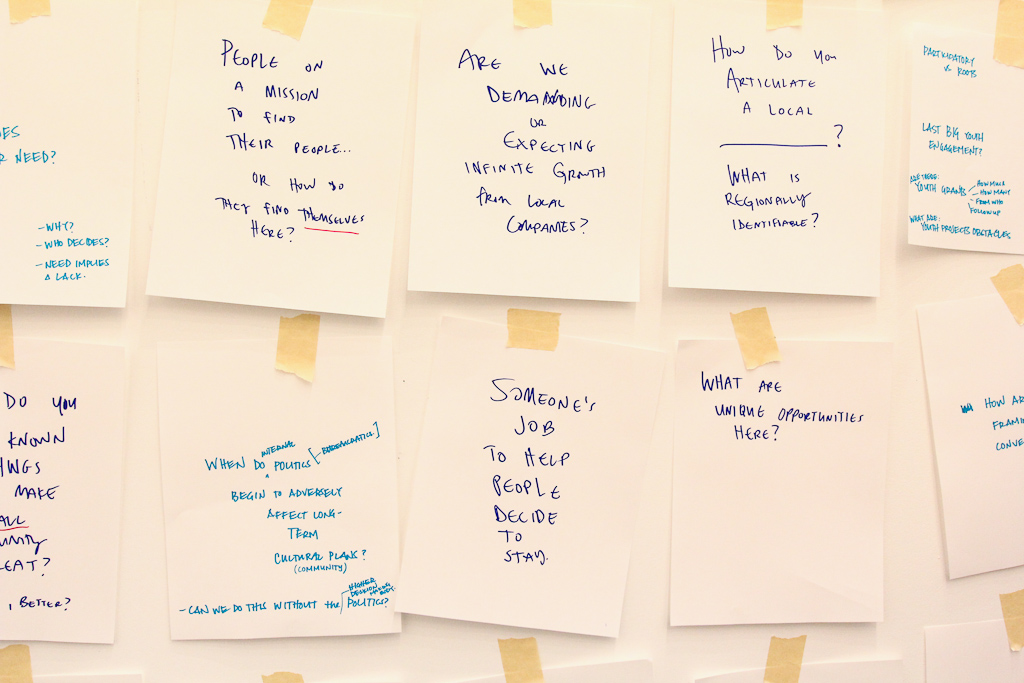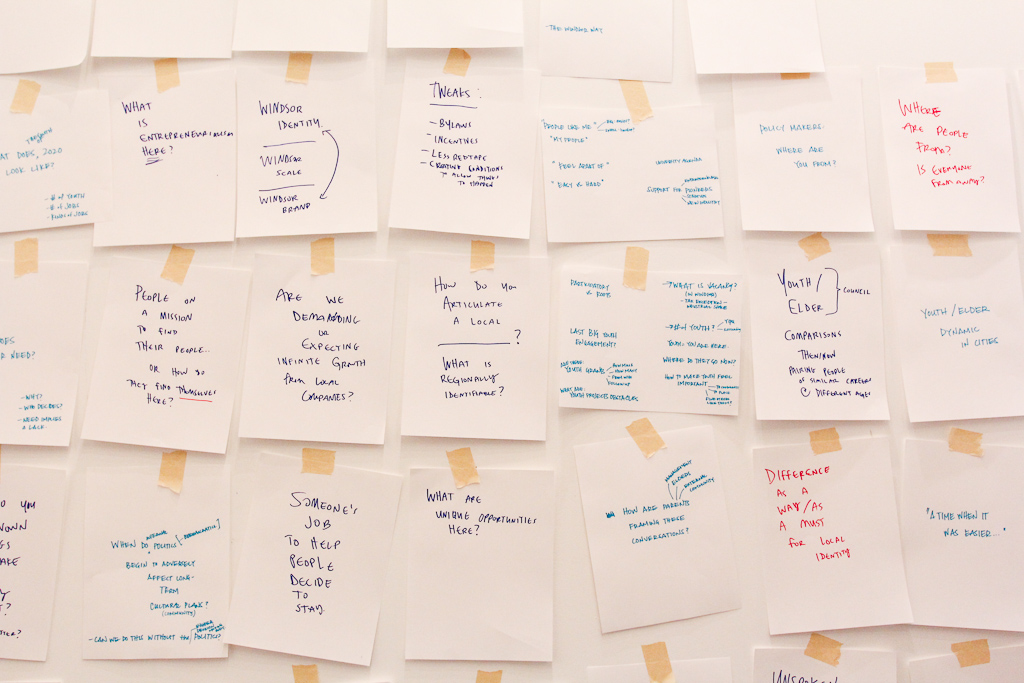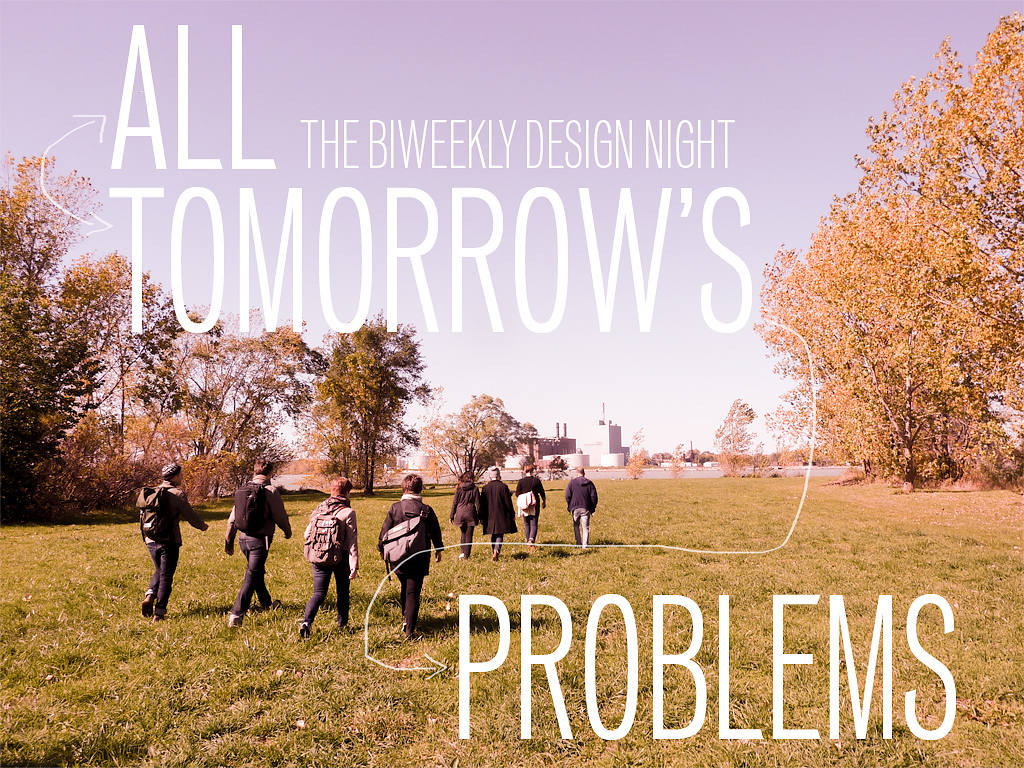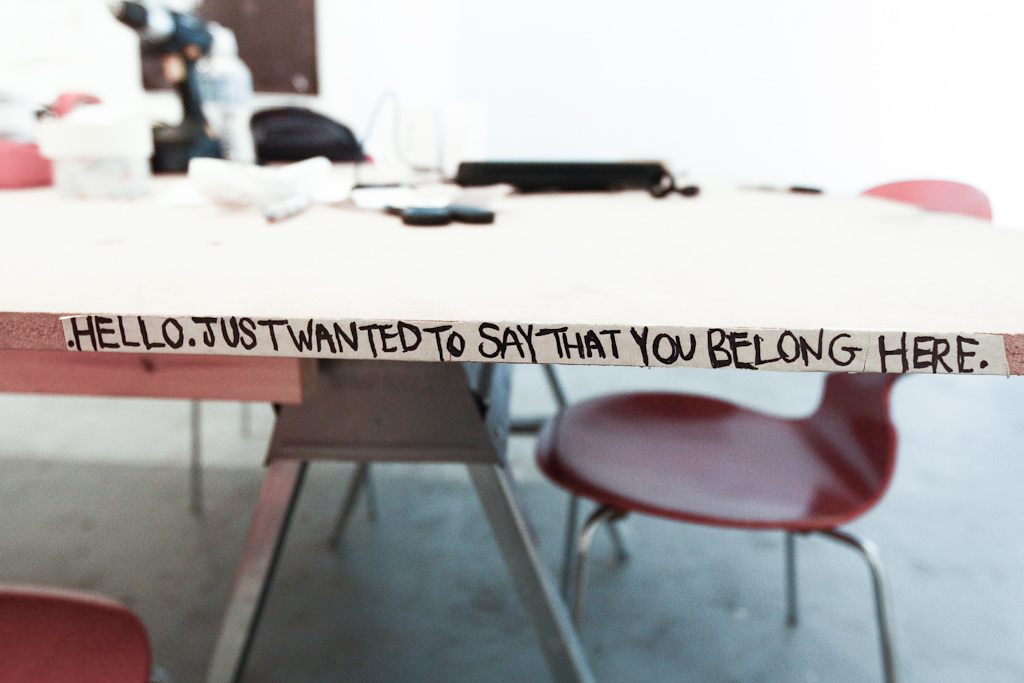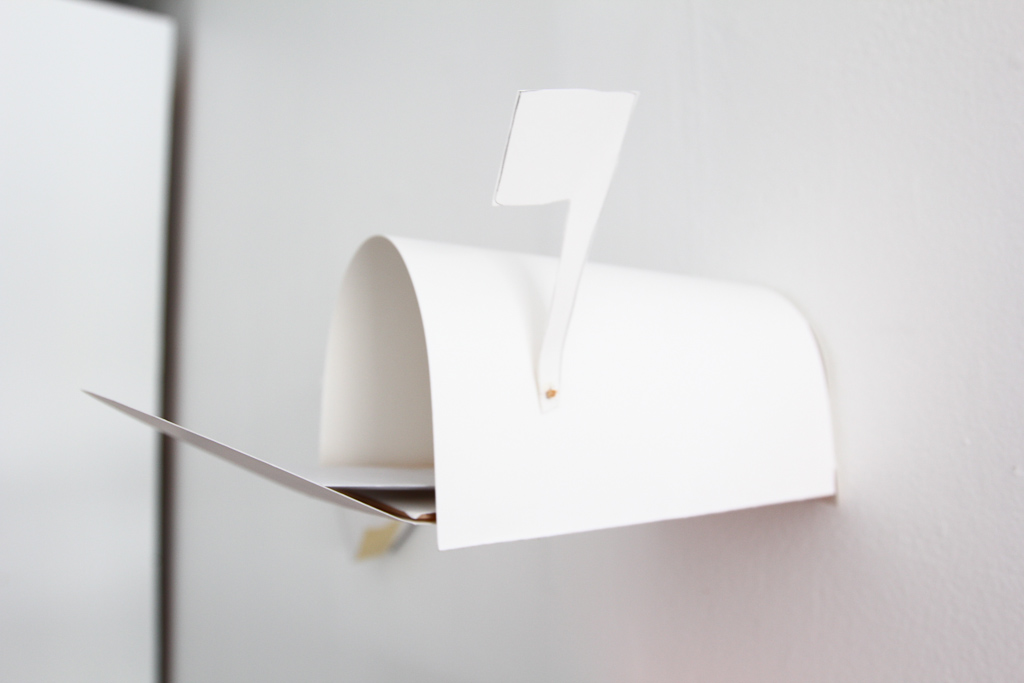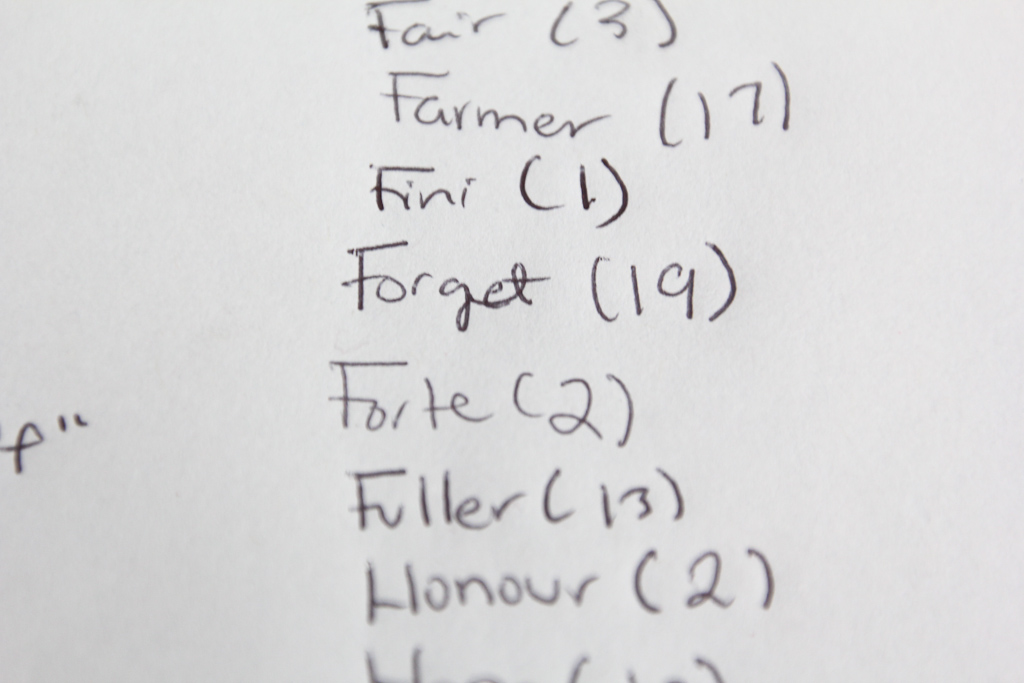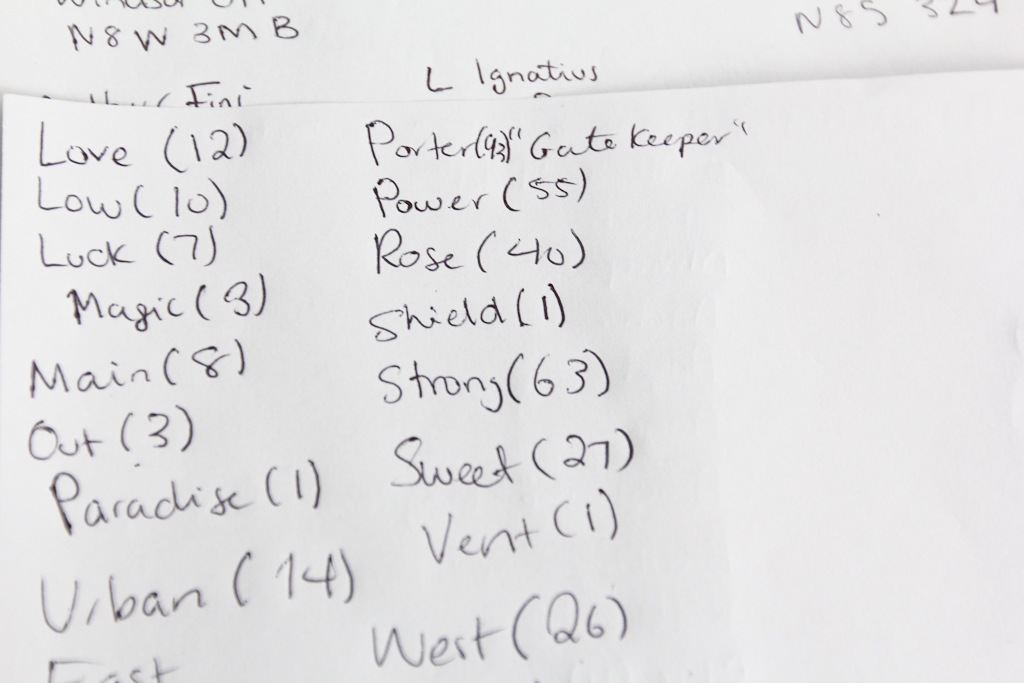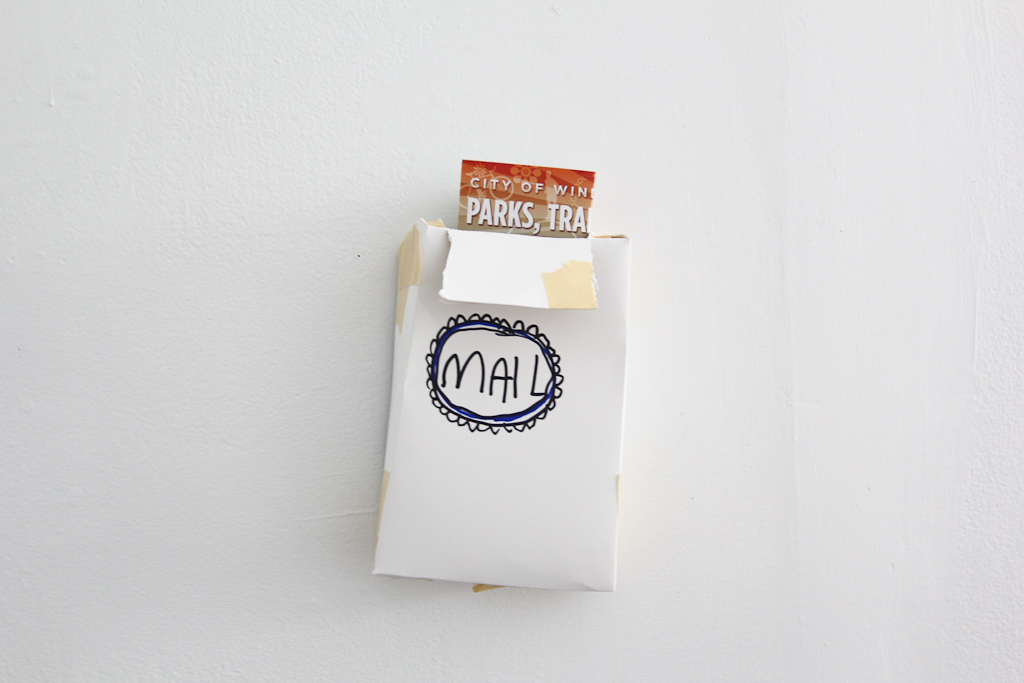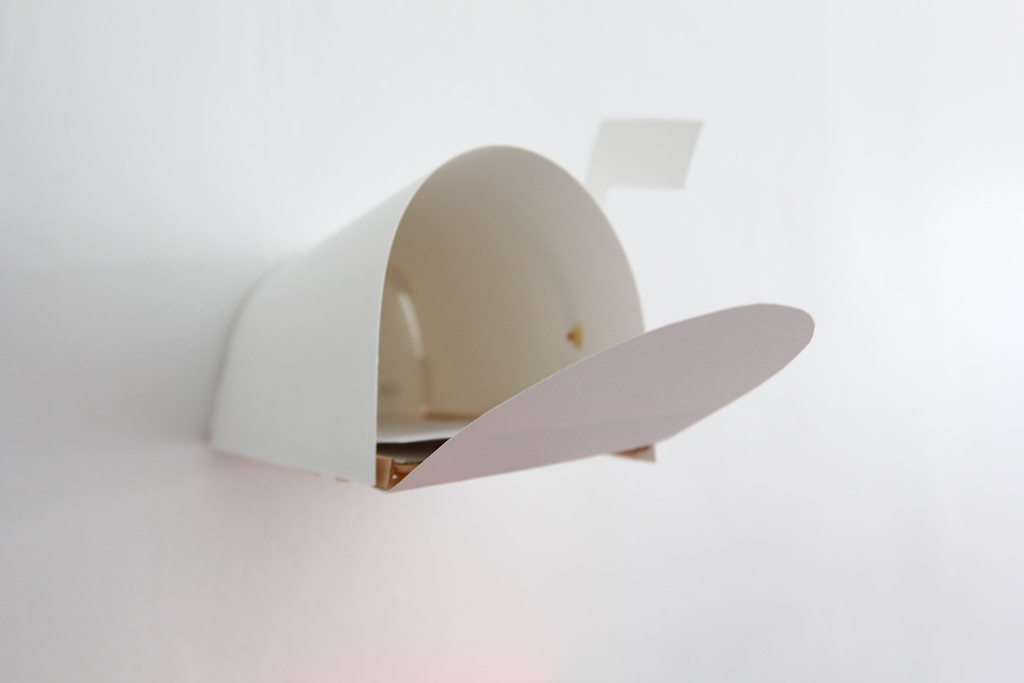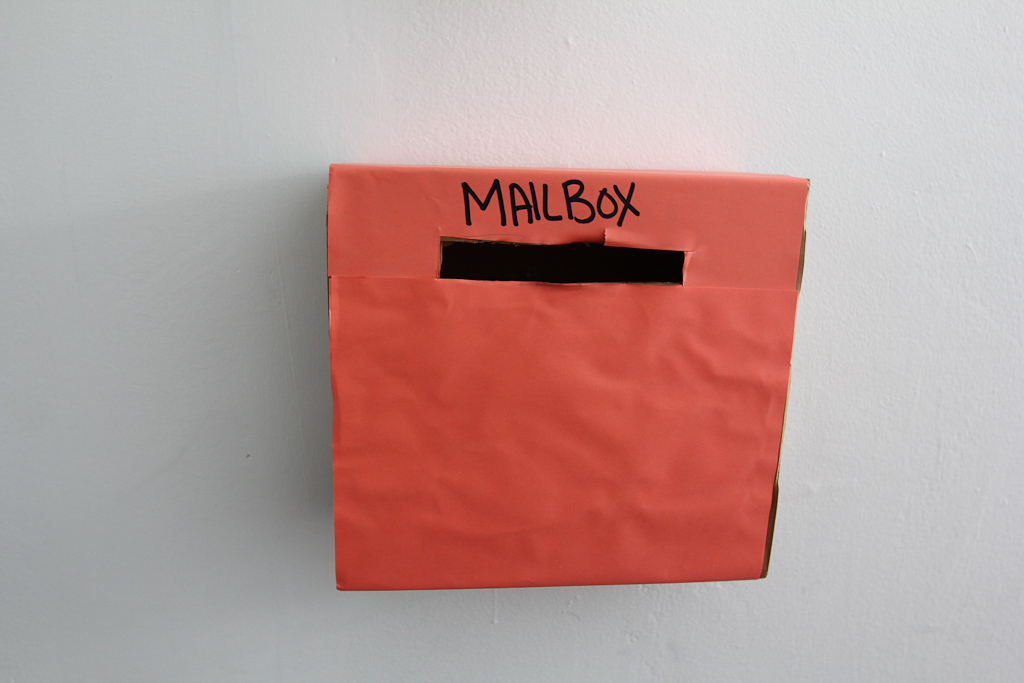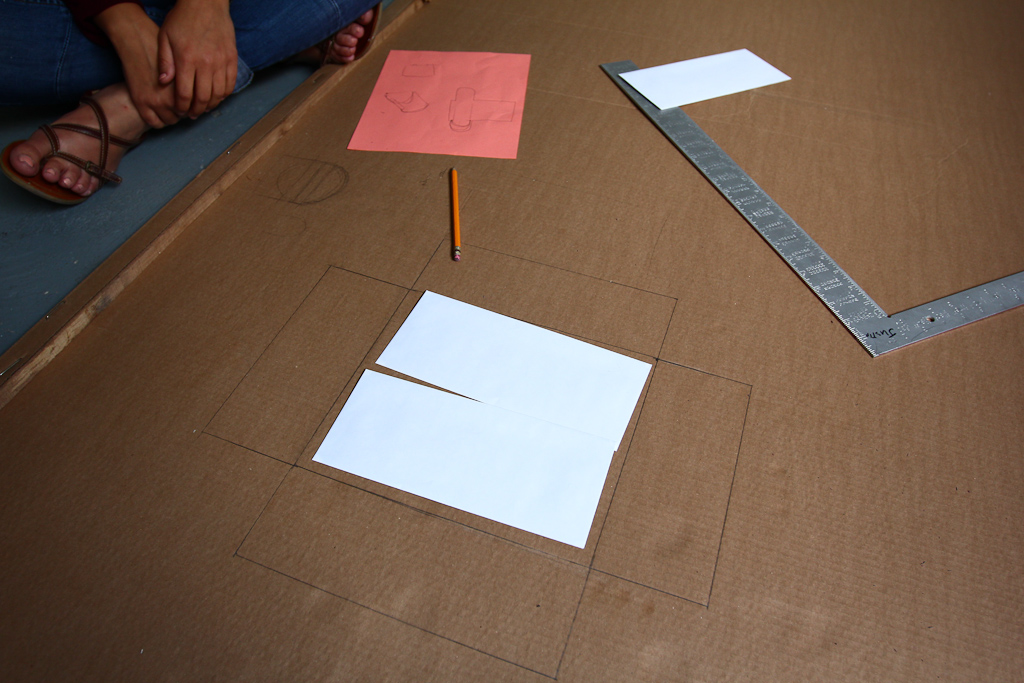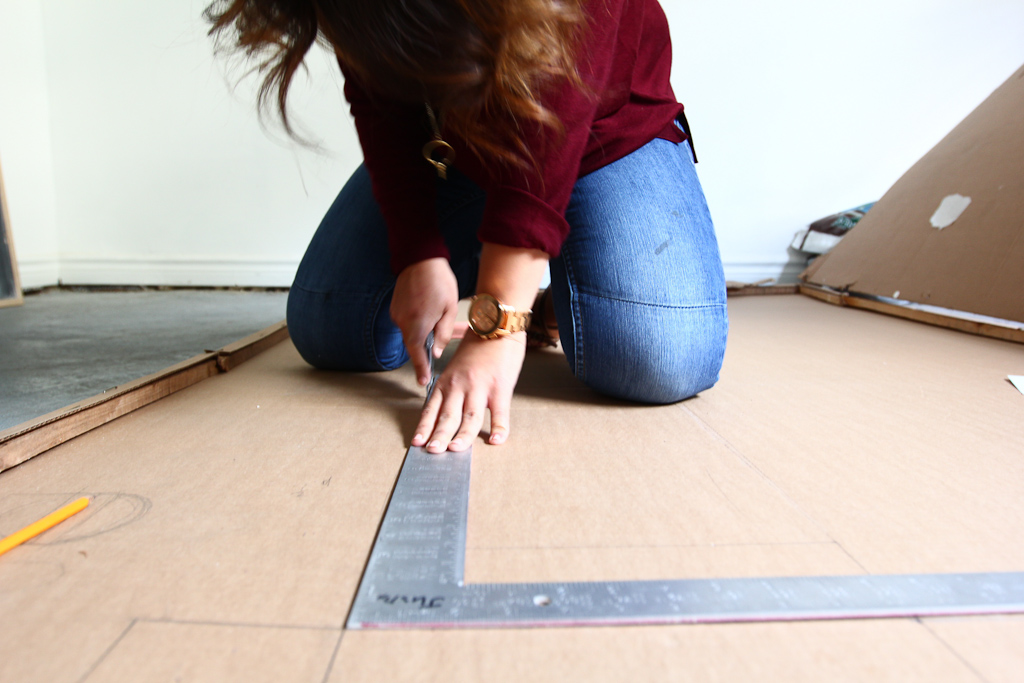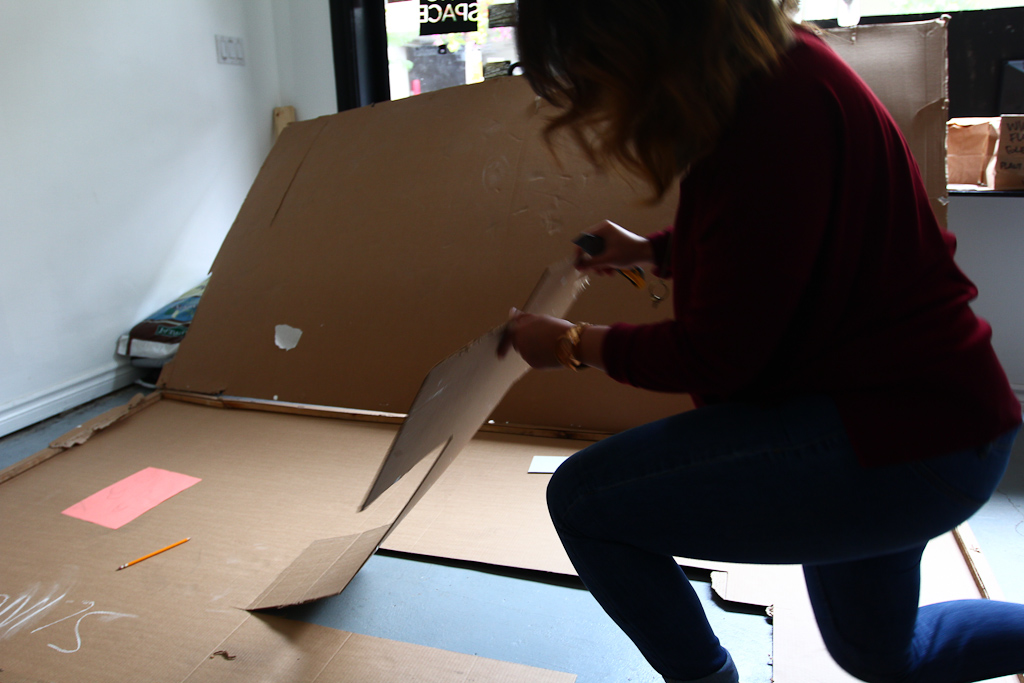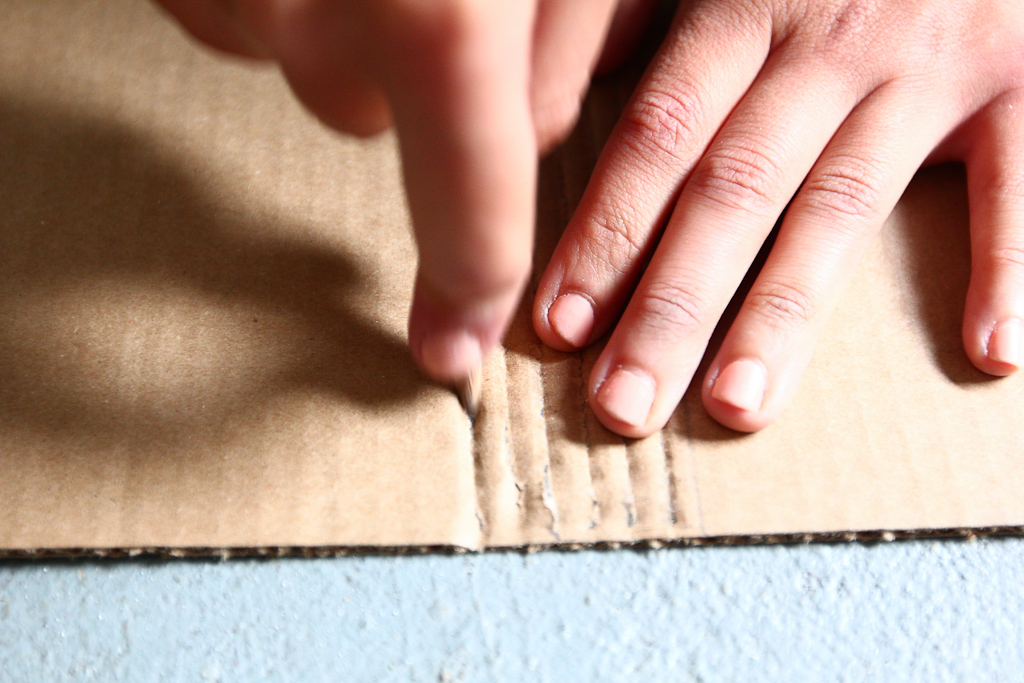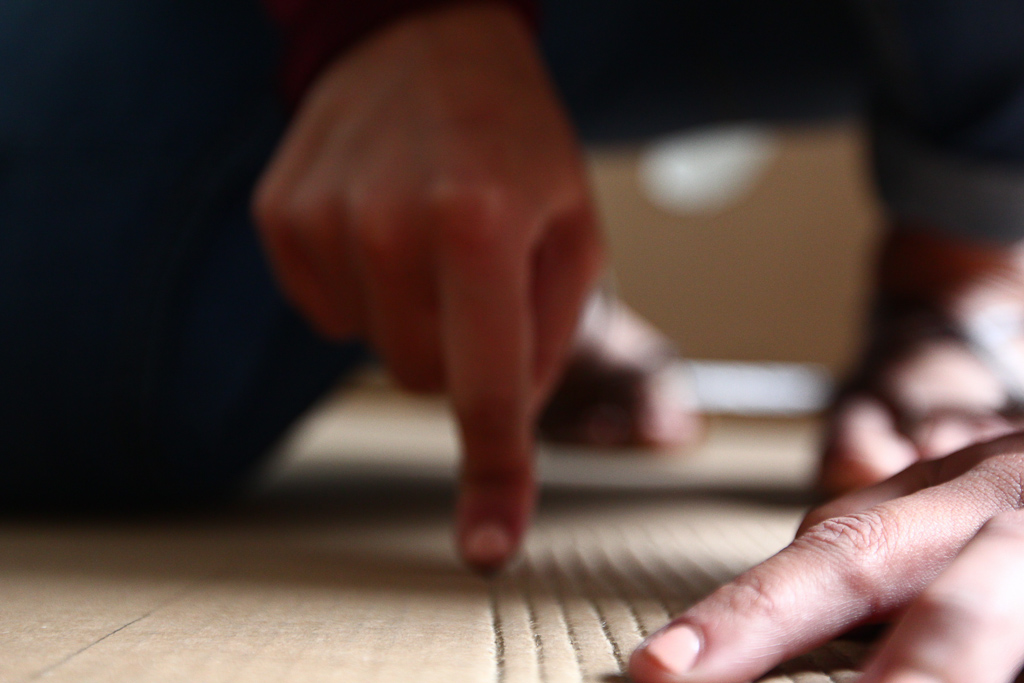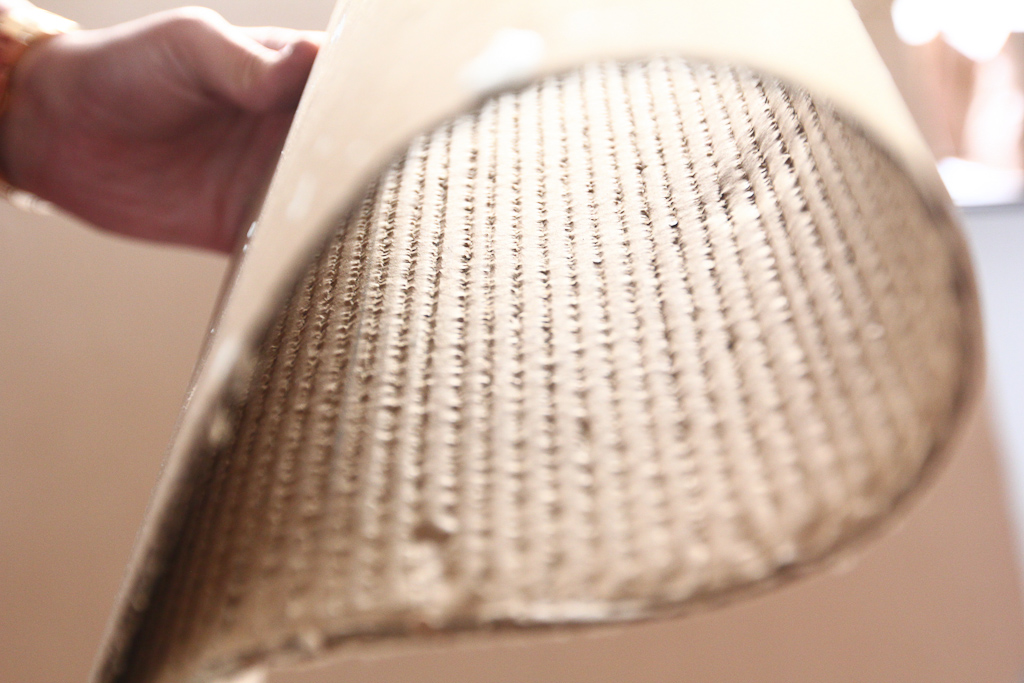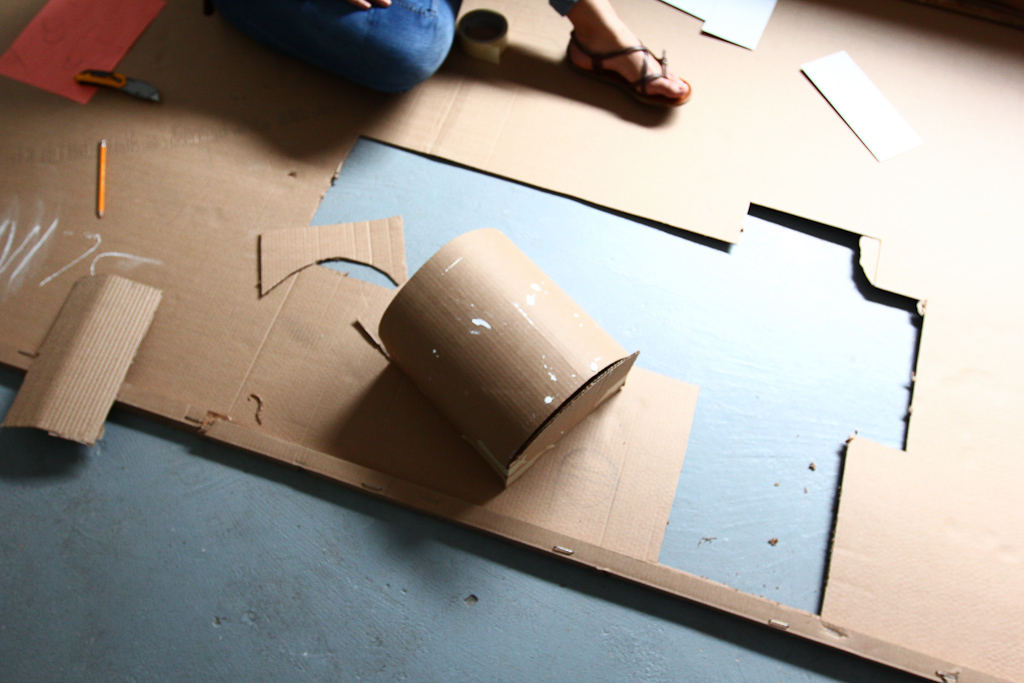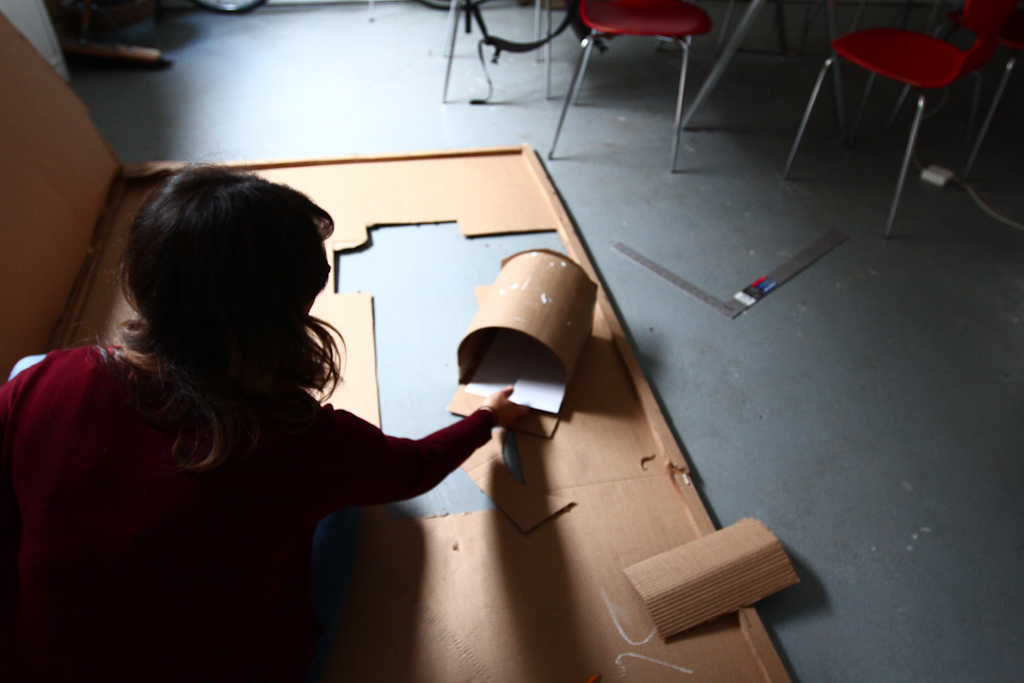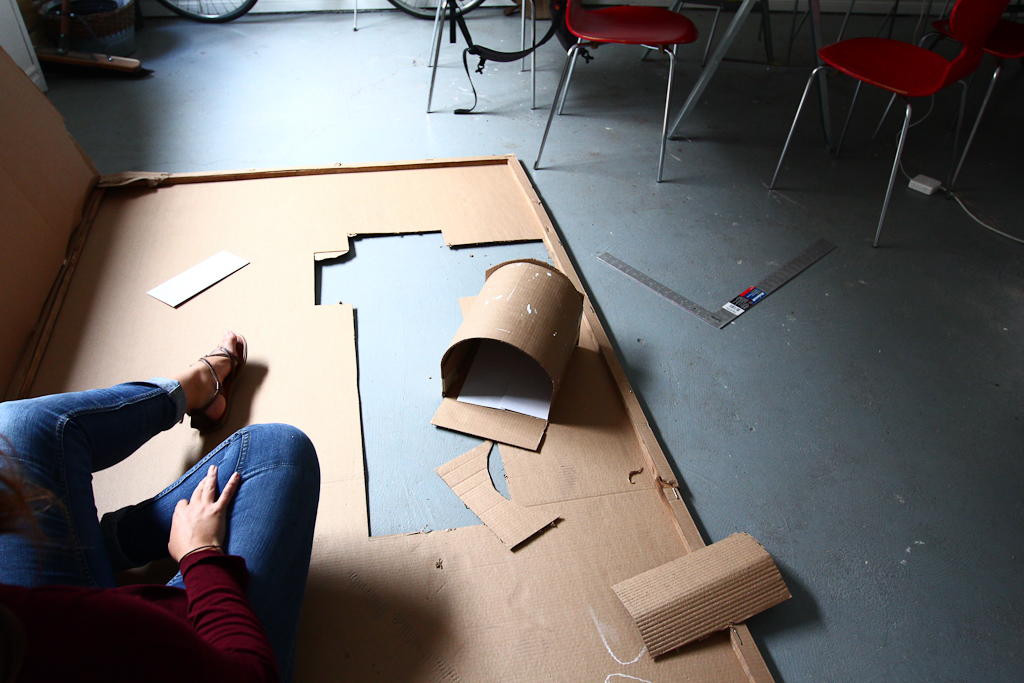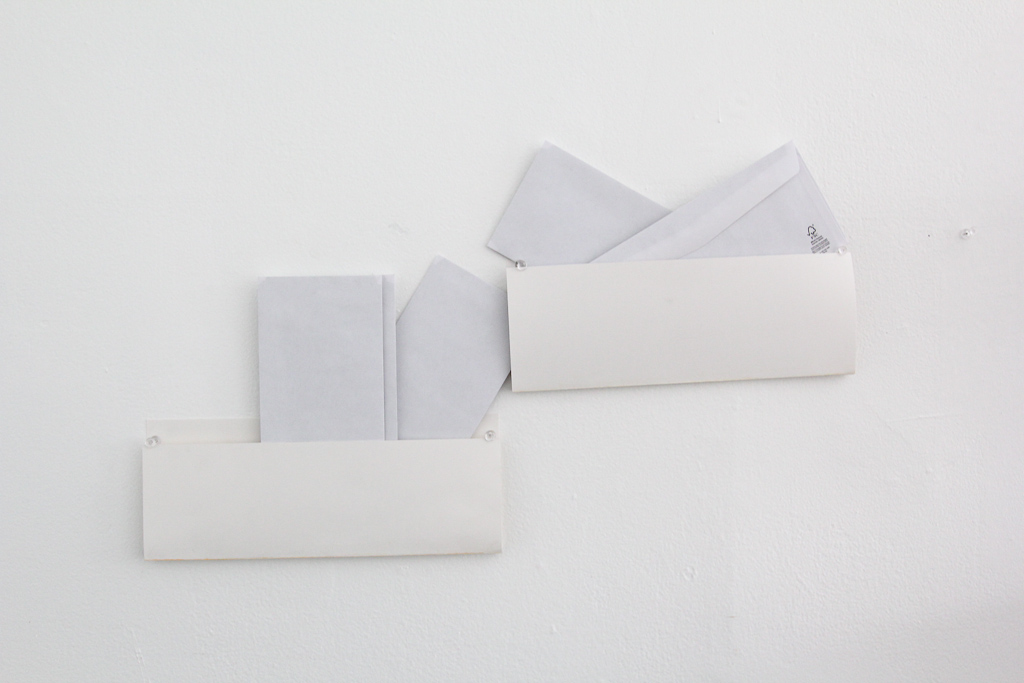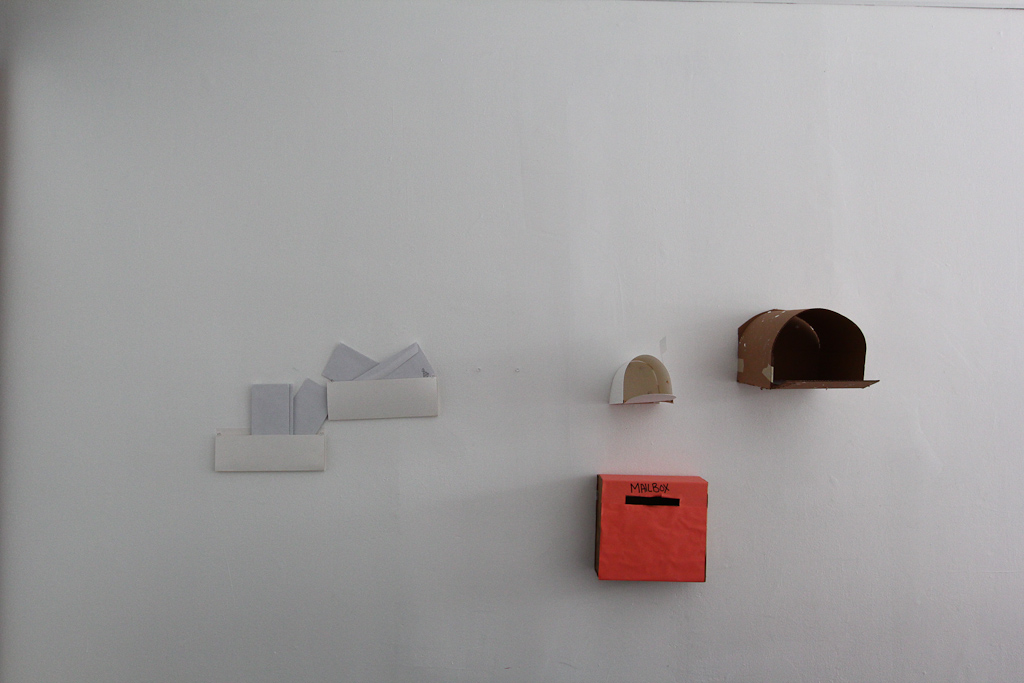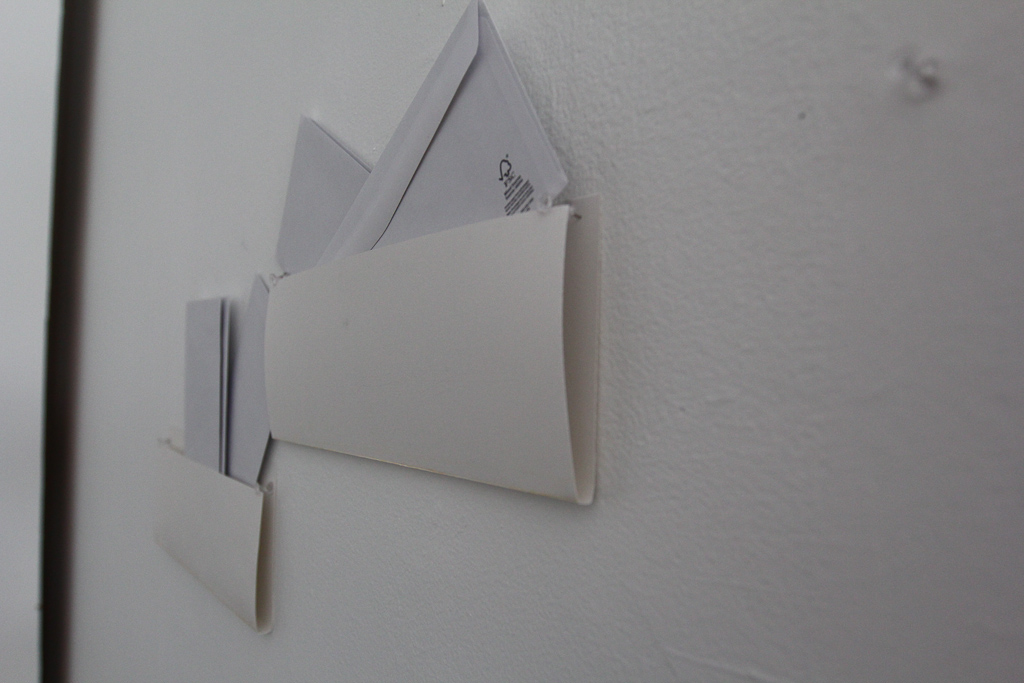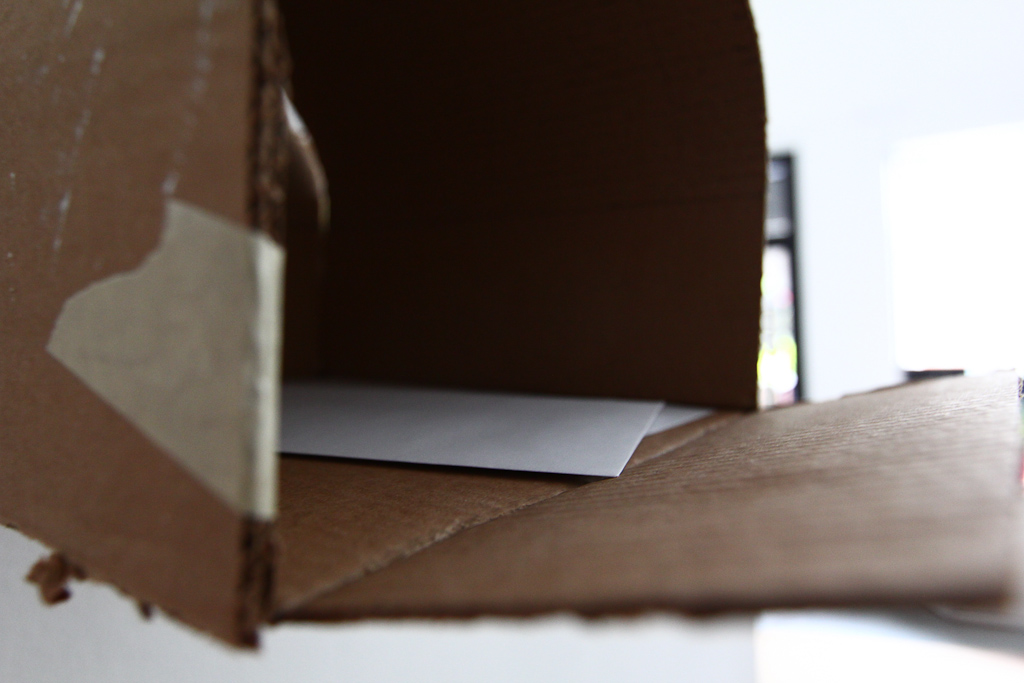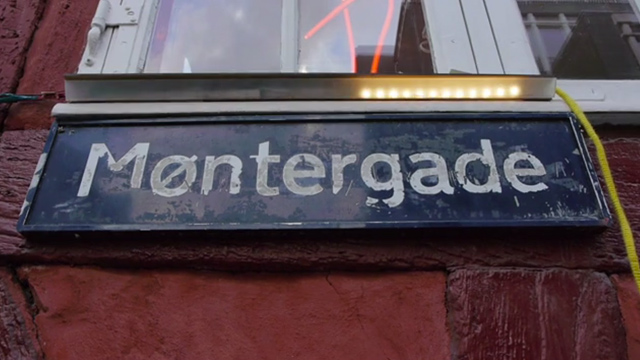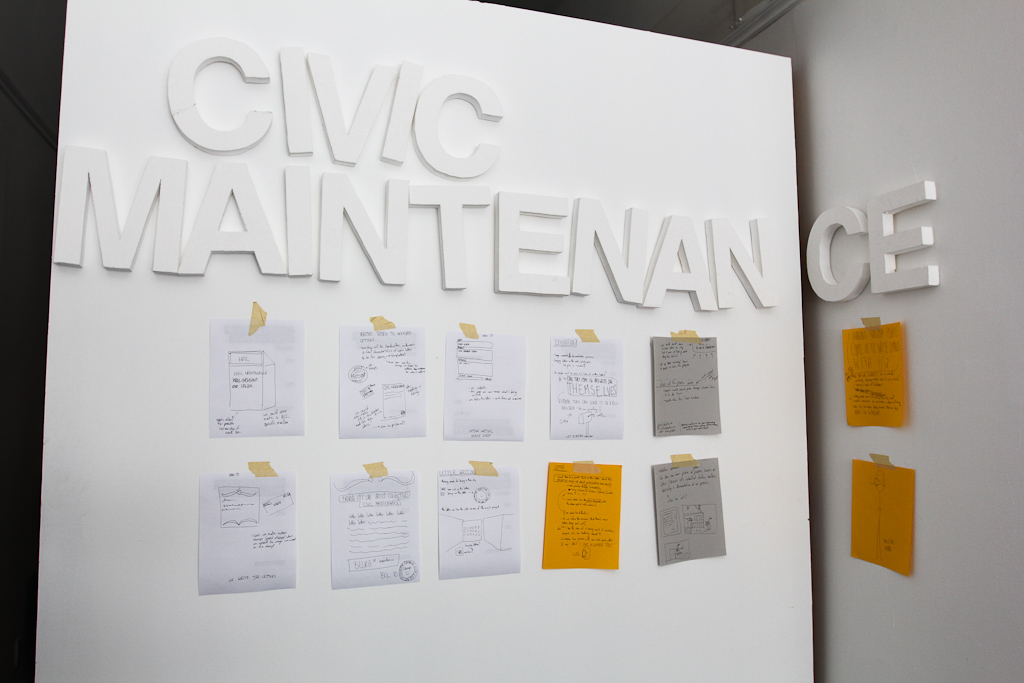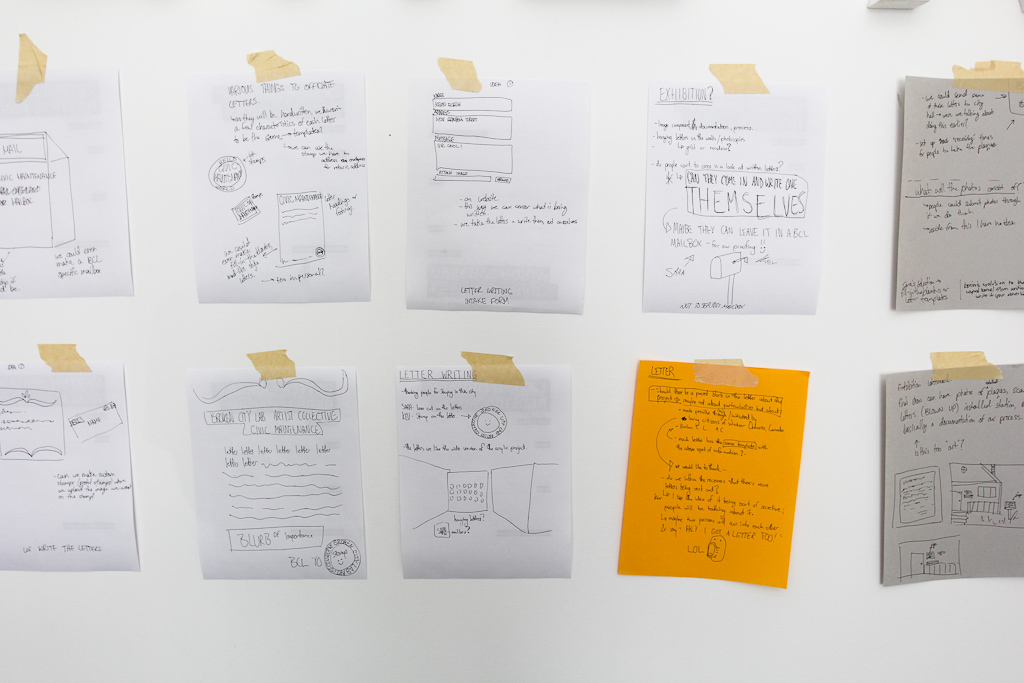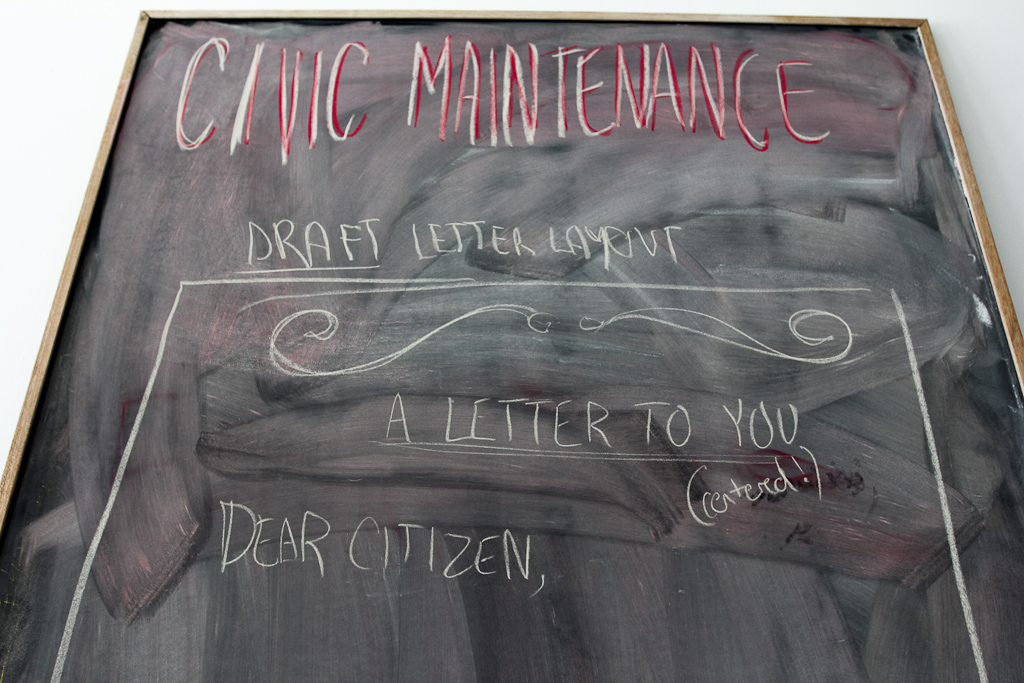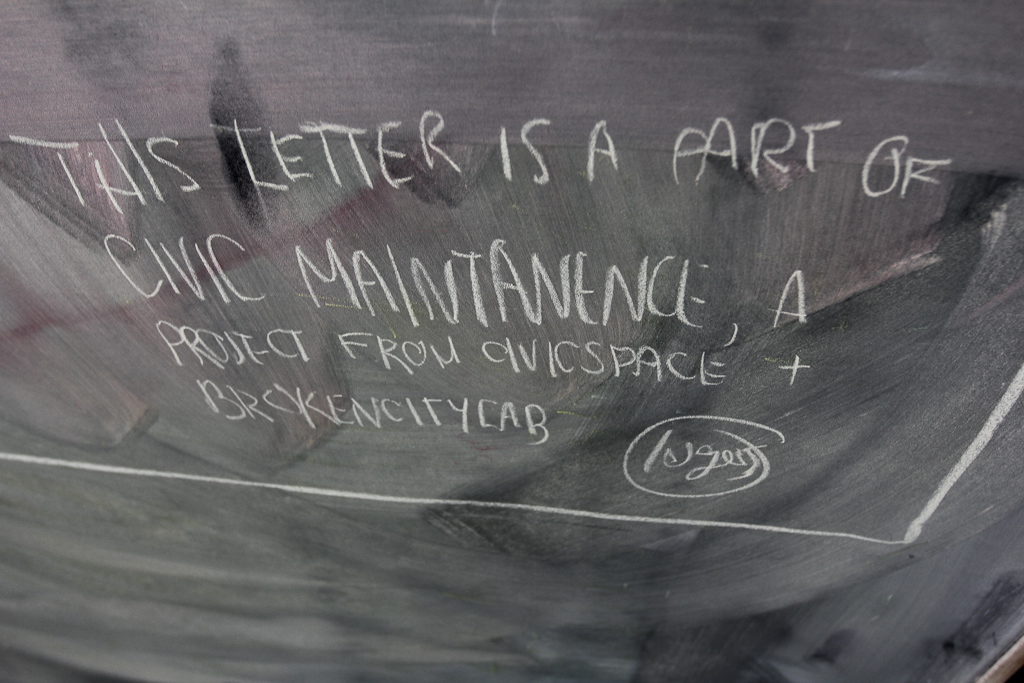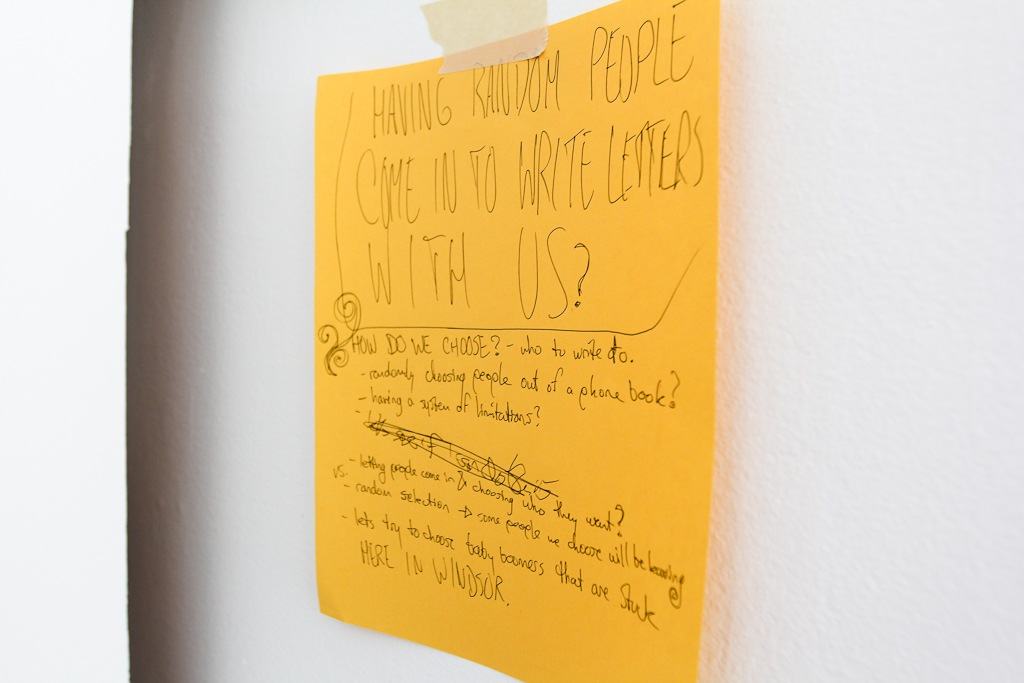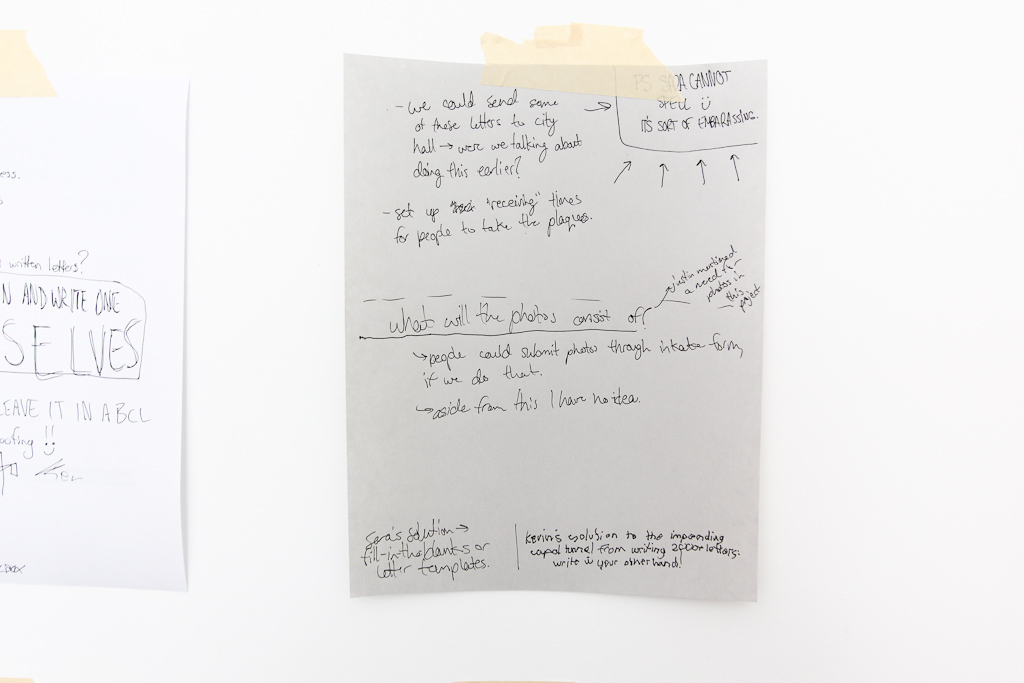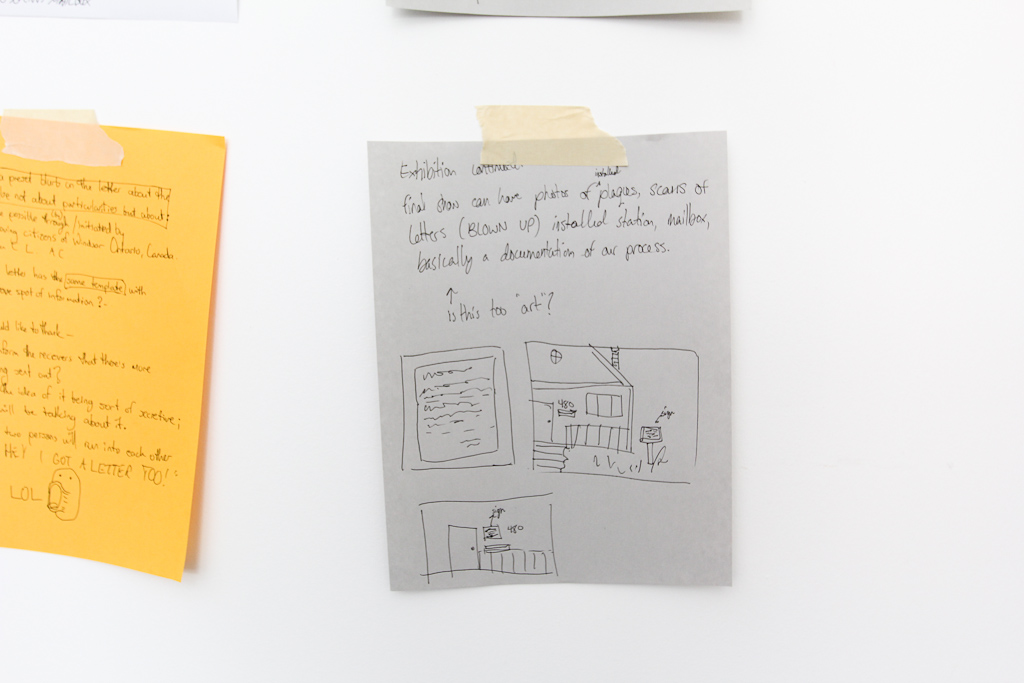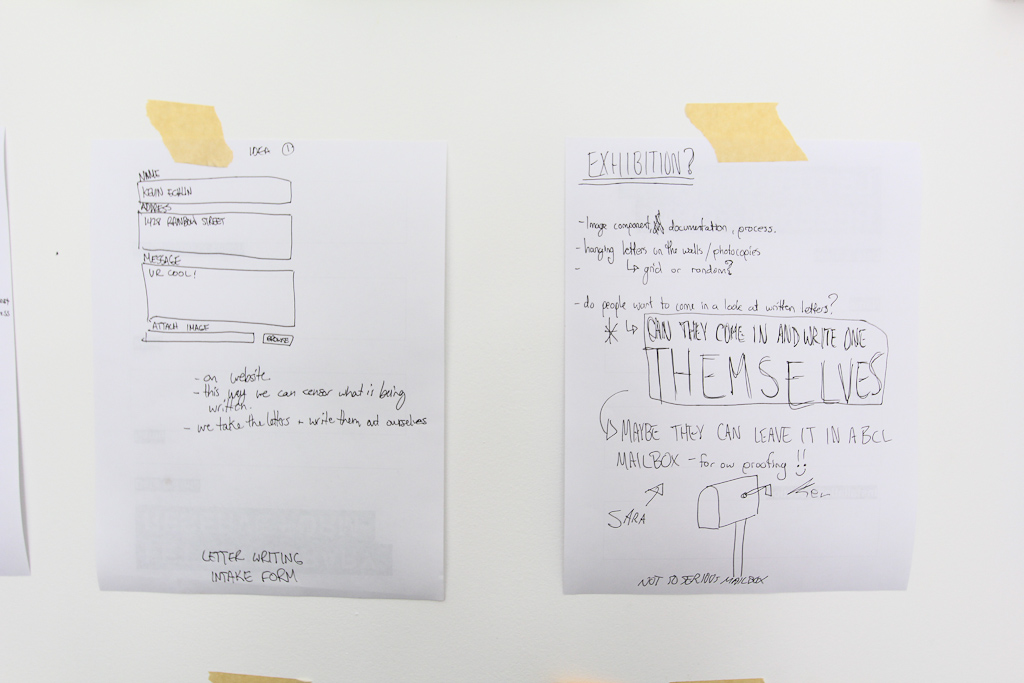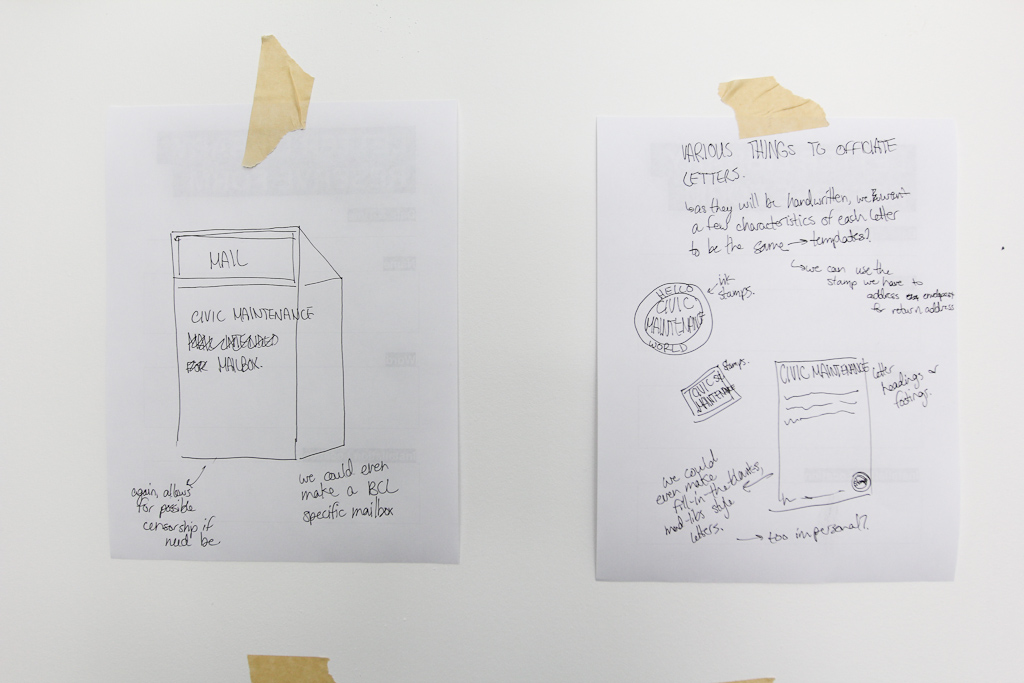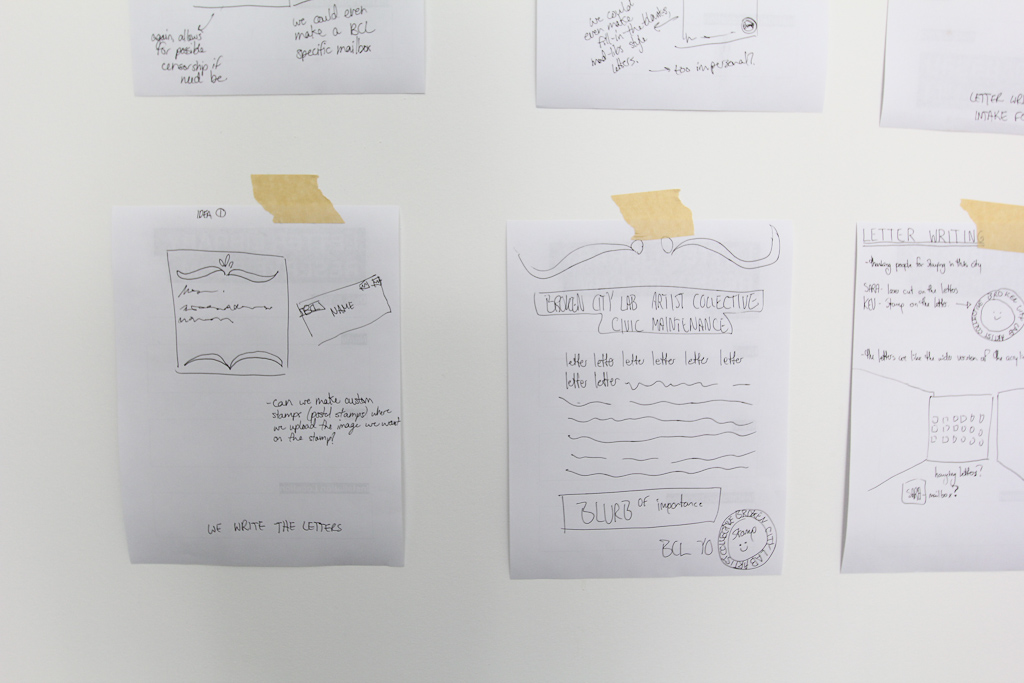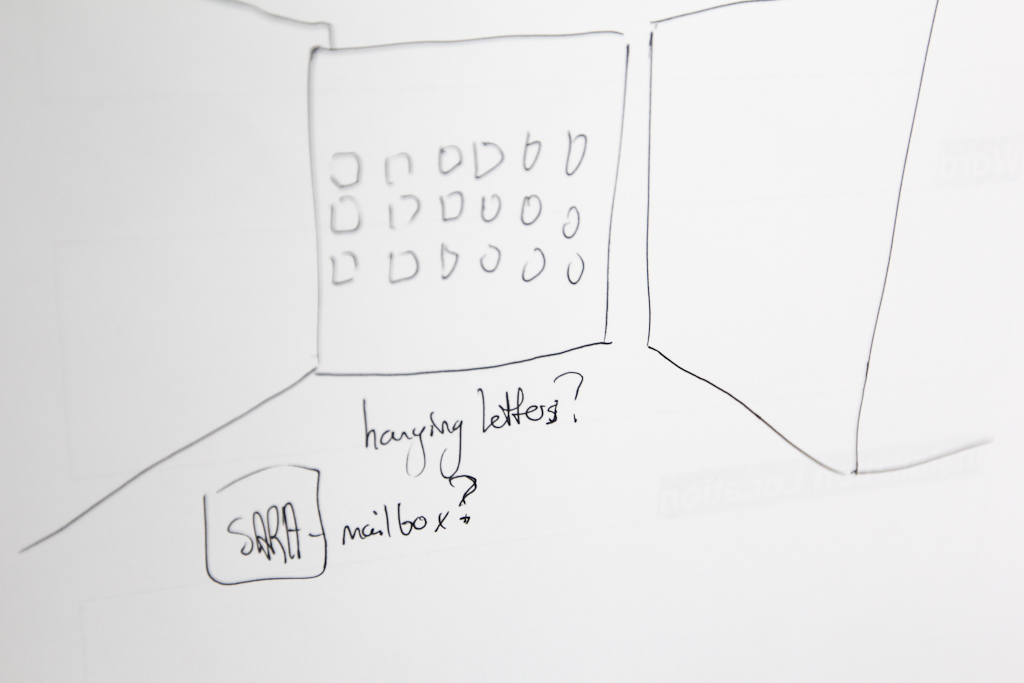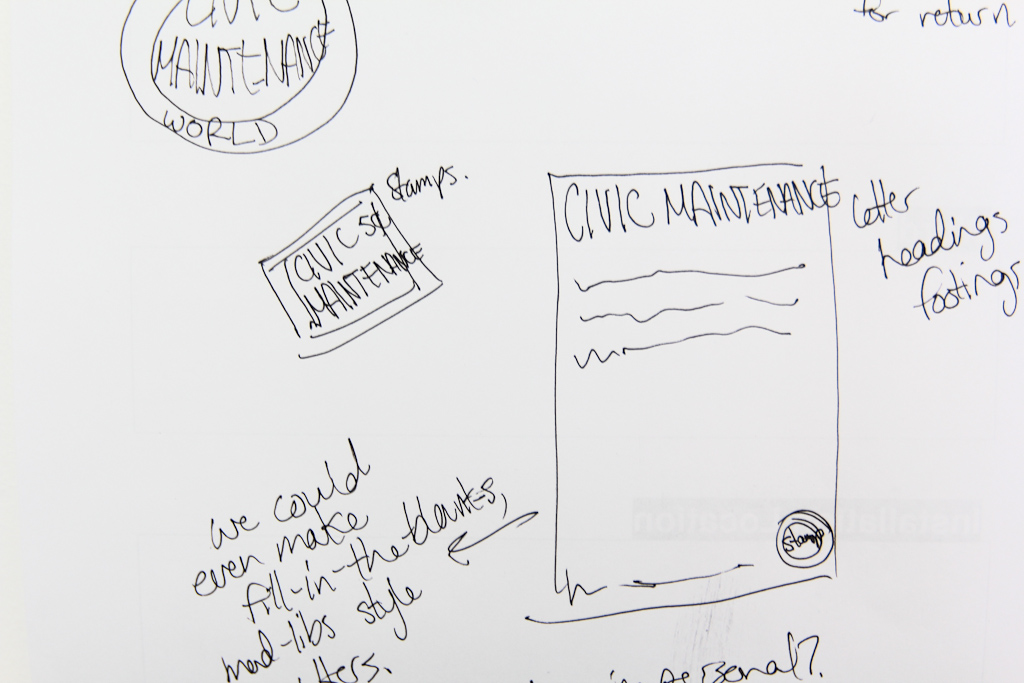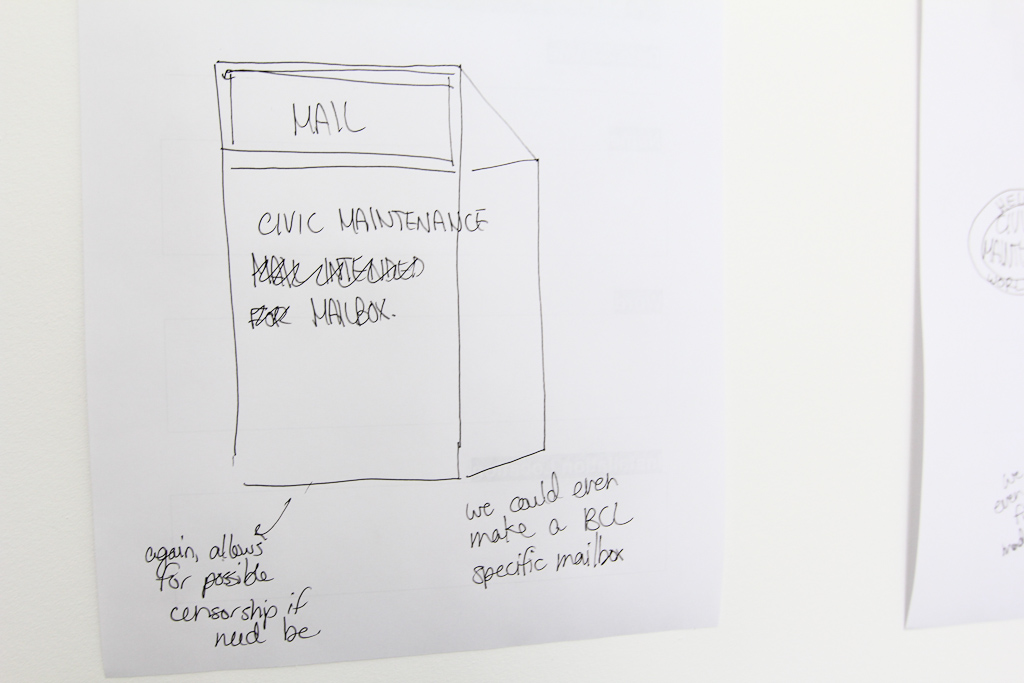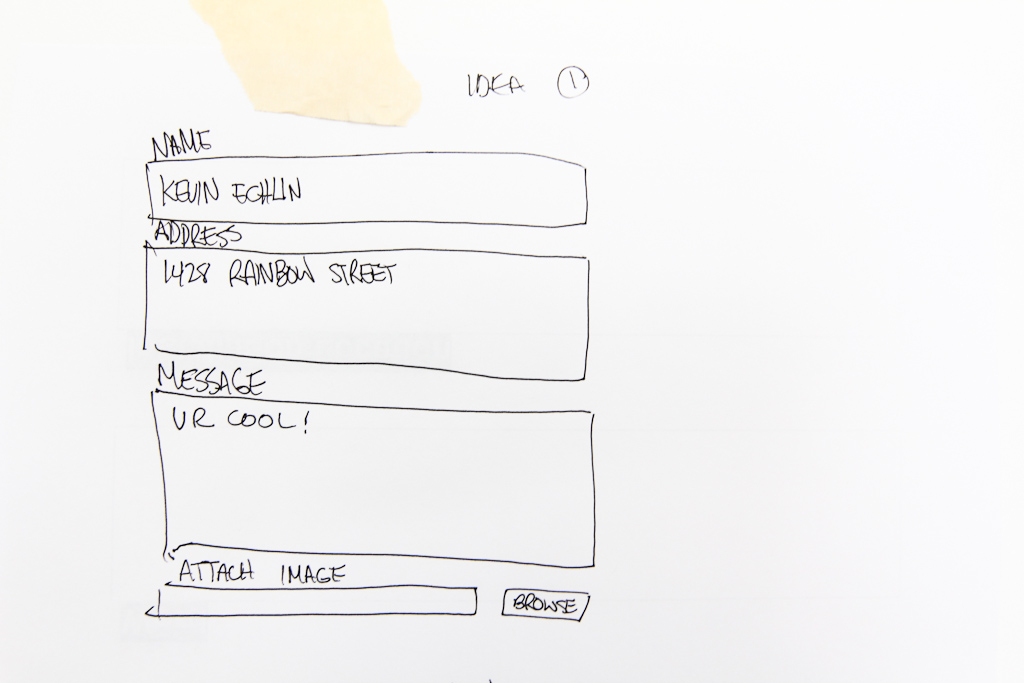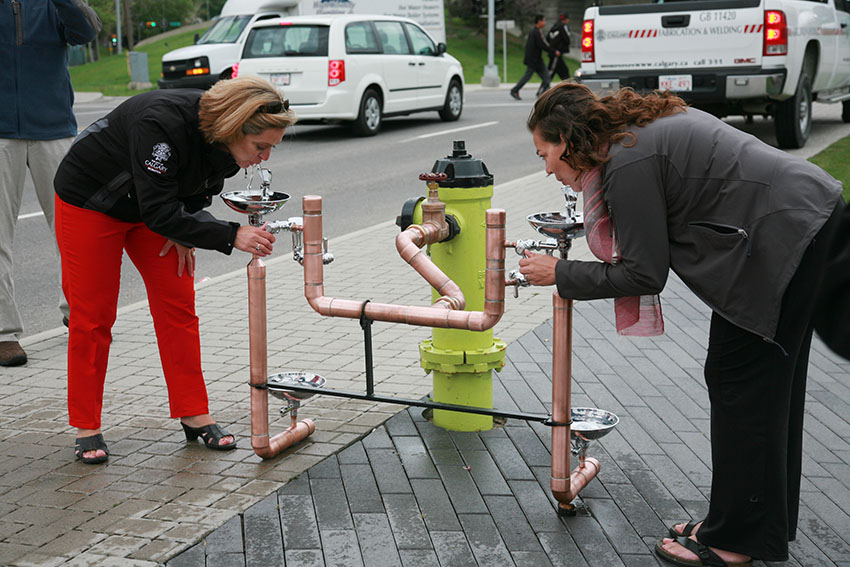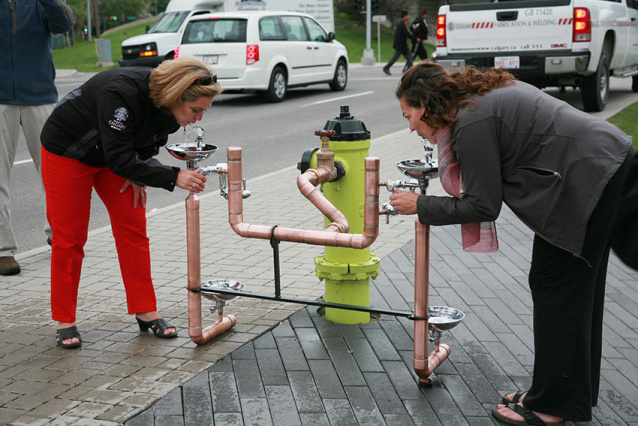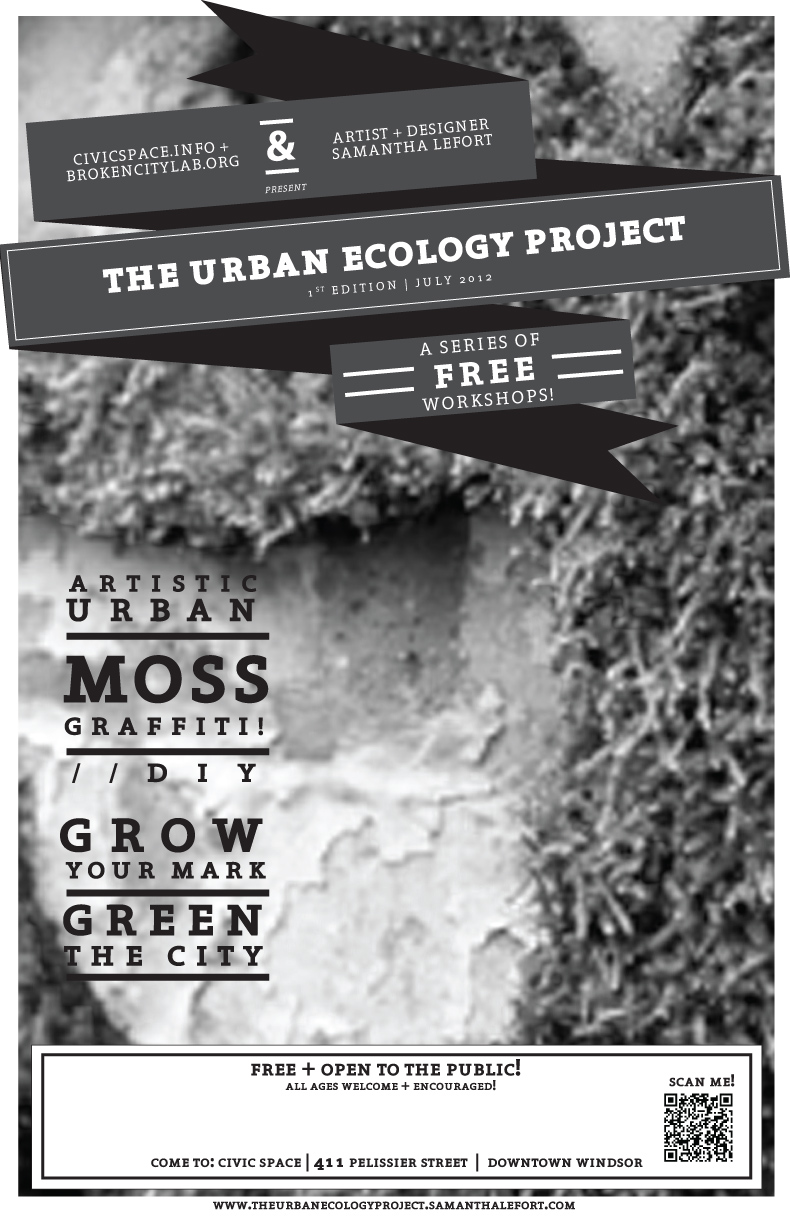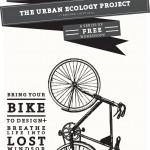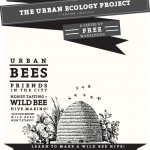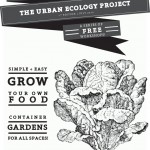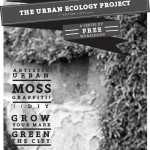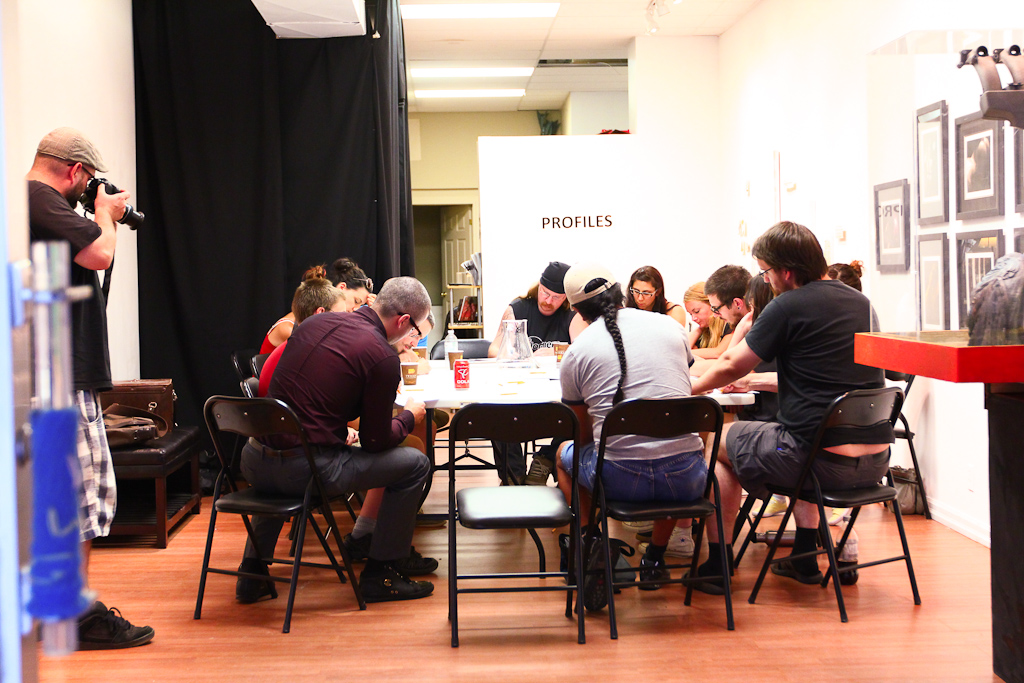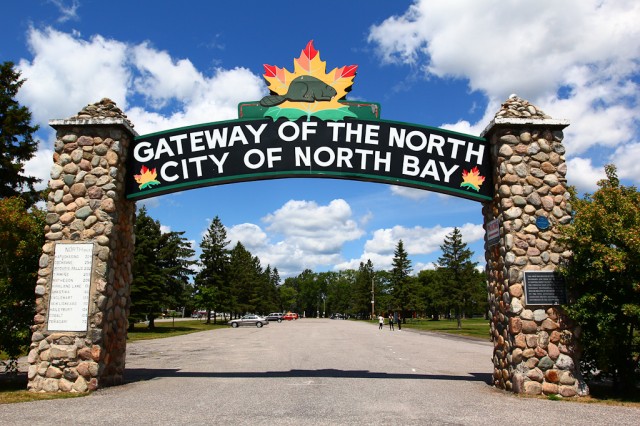Photo by Jason Sturgill from Art is Forever.
Tattoos have been a long-lasting part of our cultural history, revealing glimpses of where we’re from, where we’re going, and who we think we are. Windsor is Forever is a new community-driven art and tattoo project that will give residents of Windsor an opportunity to make a permanent mark, on themselves.
Conceived by Portland-based artist, Jason Sturgill, Windsor is Forever will kick off on this Thursday, February 27th with Sturgill taking over CIVIC SPACE hosting events, doing archival research, and speaking with members of the community. Residents are encouraged to come meet Sturgill at CIVIC SPACE from February 27th to March 3rd to talk about their favourite places, landmarks, and people in the city. Sturgill will also be looking for Windsorites to give him guided tours of their favourite places so that he has source materials for open sketch night where the tattoo designing will begin. That sketch night begins at 7pm on March 4th, with Sturgill co-hosting ACWR’s Sketch Night at CIVIC SPACE with local artist Dave Kant. This work will lead to the end goal of creating a series of Windsor-based flash tattoos ready to be inked onto members of the community.
Then, on March 7th, CIVIC SPACE will be turned into a FREE tattoo shop for the day, hosted by local tattoo artist Dave Kant of Advanced Tattoo. Residents that want to receive a tattoo will be asked to choose from the flash sheet that have already been designed.
Anyone eager to receive their Windsor tattoo or just interested in sharing a story is encouraged to fill out the form below with an explanation on why they believe Windsor is Forever!
*Please note that since the tattooing is only happening for ONE day, we have a limited number of spots open. So if you’re interested, please sign up below ASAP!
*We’ll be in touch by the afternoon of Tuesday, March 5th if you’ve been selected to receive a tattoo, along with an approximate timeframe for your appointment on Thursday. We’ll do our best to accomodate as many people as we can!
